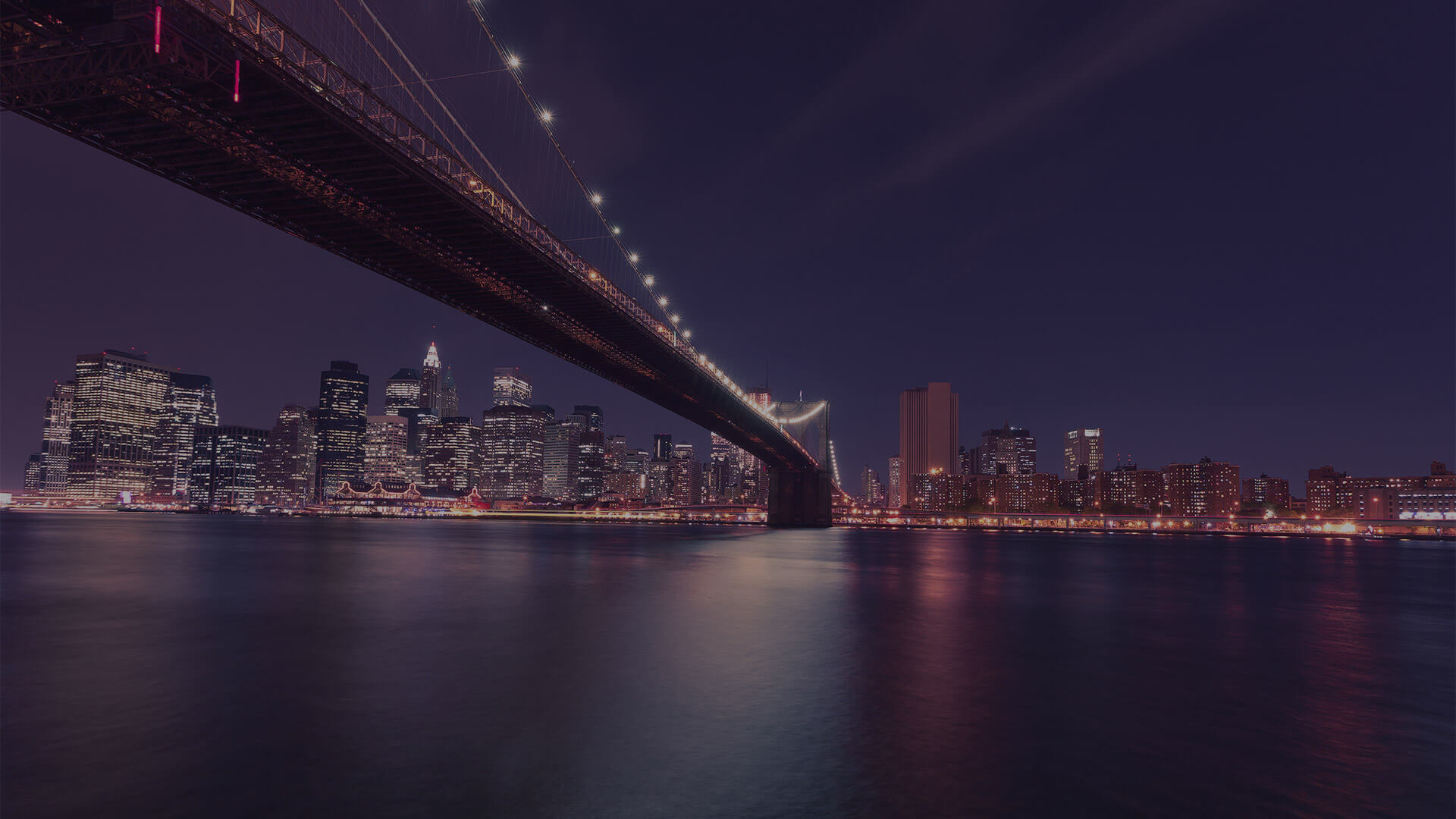Fully responsive
Beautiful cinematic designs optimized for all screen sizes and types. Compatible with Retina high pixel density displays.
Visual & Pragmatic
Featuring trending modern web standards.
Clean and easy framework design for worry and hassle free customizations.
Dedicated Support
Quick response with regular updates.
Each update will include great new features and enhancements for free.
Lorem ipsum dolor sit amet, consectetur adipiscing elit, sed do eiusmod tempor incididunt ut labore et dolore magna aliqua. Ut enim ad minim veniam, quis nostrud exercitation ullamco.
Lorem ipsum dolor sit amet, consectetur adipiscing elit, sed do eiusmod tempor incididunt ut labore et dolore magna aliqua. Ut enim ad minim veniam, quis nostrud exercitation ullamco.
Lorem ipsum dolor sit amet, consectetur adipiscing elit, sed do eiusmod tempor incididunt ut labore et dolore magna aliqua. Ut enim ad minim veniam, quis nostrud exercitation ullamco.
OUR PHOTOGRAPHY
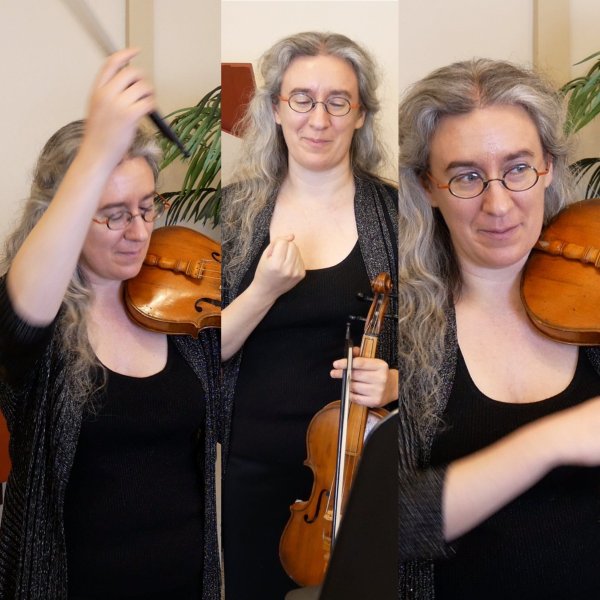
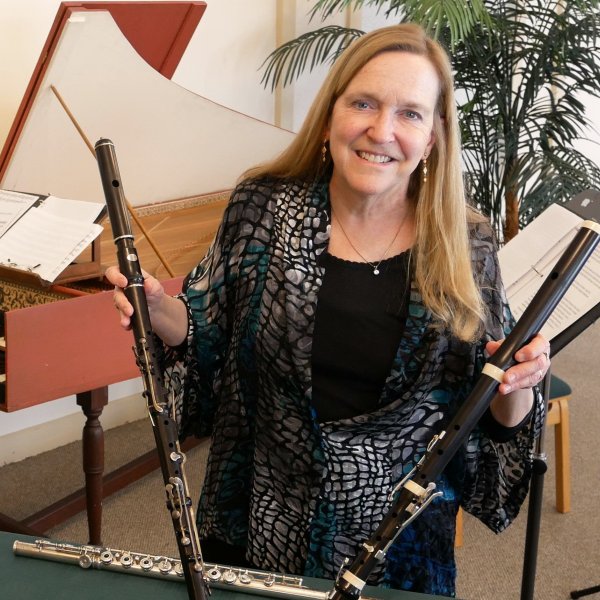
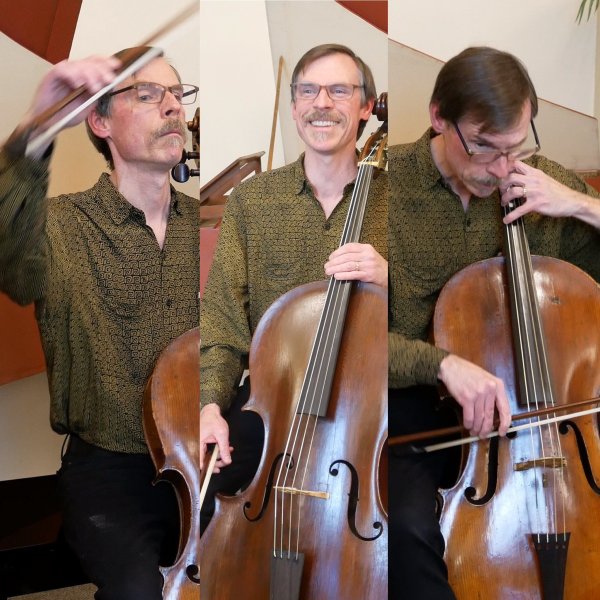
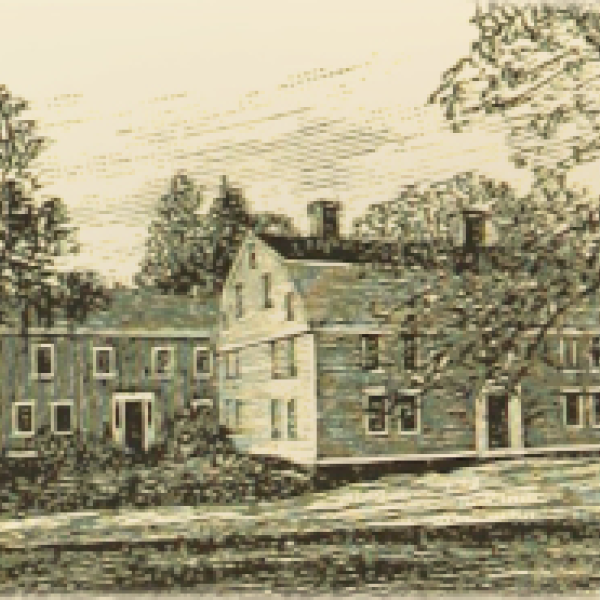
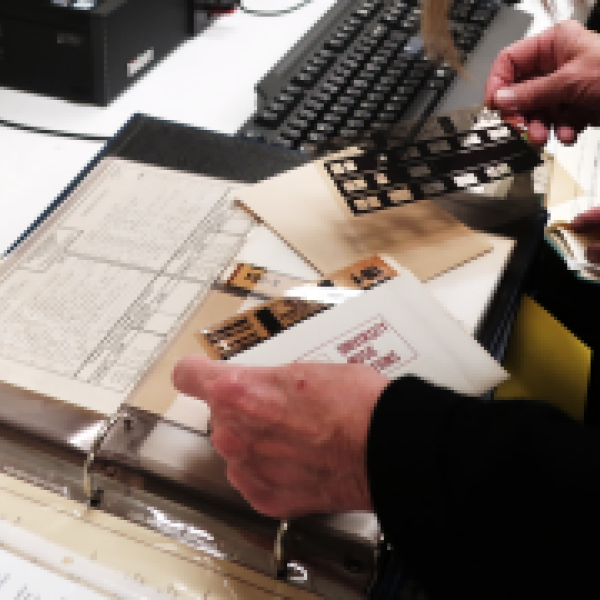

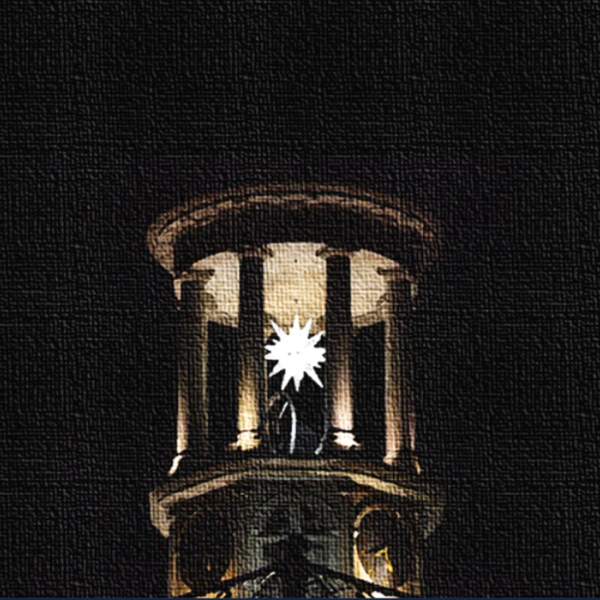
JANGO'S MAIN FEATURES
MODERN DESIGN TRENDS
Lorem ipsum dolor sit amet, consectetuer adipiscing elit, sed diam nonummy nibh euismod tincidunt ut laoreet dolore magna aliquam ut laoreet dolore magna aliquam erat volutpat. Ut wisi enim ad minim veniam, exerci tation suscipit ad minim veniam, exerci tation suscipit lobortis nisl ut aliquip ex ea commodo consequat exerci tation suscipit lobortis nisl ut laoreet dolore magna aliquam ut aliquip ex ea commodo consequat.
explore
OPTIMZIED FOR ALL SCREEN SIZES & TYPES
Lorem ipsum dolor sit amet, consectetuer adipiscing elit, sed diam nonummy nibh euismod tincidunt ut laoreet dolore magna aliquam ut laoreet dolore magna aliquam erat volutpat. Ut wisi enim ad minim veniam, exerci tation suscipit ad minim veniam, exerci tation suscipit lobortis nisl ut aliquip ex ea commodo consequat exerci tation suscipit lobortis nisl ut laoreet dolore magna aliquam ut aliquip ex ea commodo consequat.
explore
DEDICATED SUPPORT TO ALL CUSTOMERS
Lorem ipsum dolor sit amet, consectetuer adipiscing elit, sed diam nonummy nibh euismod tincidunt ut laoreet dolore magna aliquam ut laoreet dolore magna aliquam erat volutpat. Ut wisi enim ad minim veniam, exerci tation suscipit ad minim veniam, exerci tation suscipit lobortis nisl ut aliquip ex ea commodo consequat exerci tation suscipit lobortis nisl ut laoreet dolore magna aliquam ut aliquip ex ea commodo consequat.
explore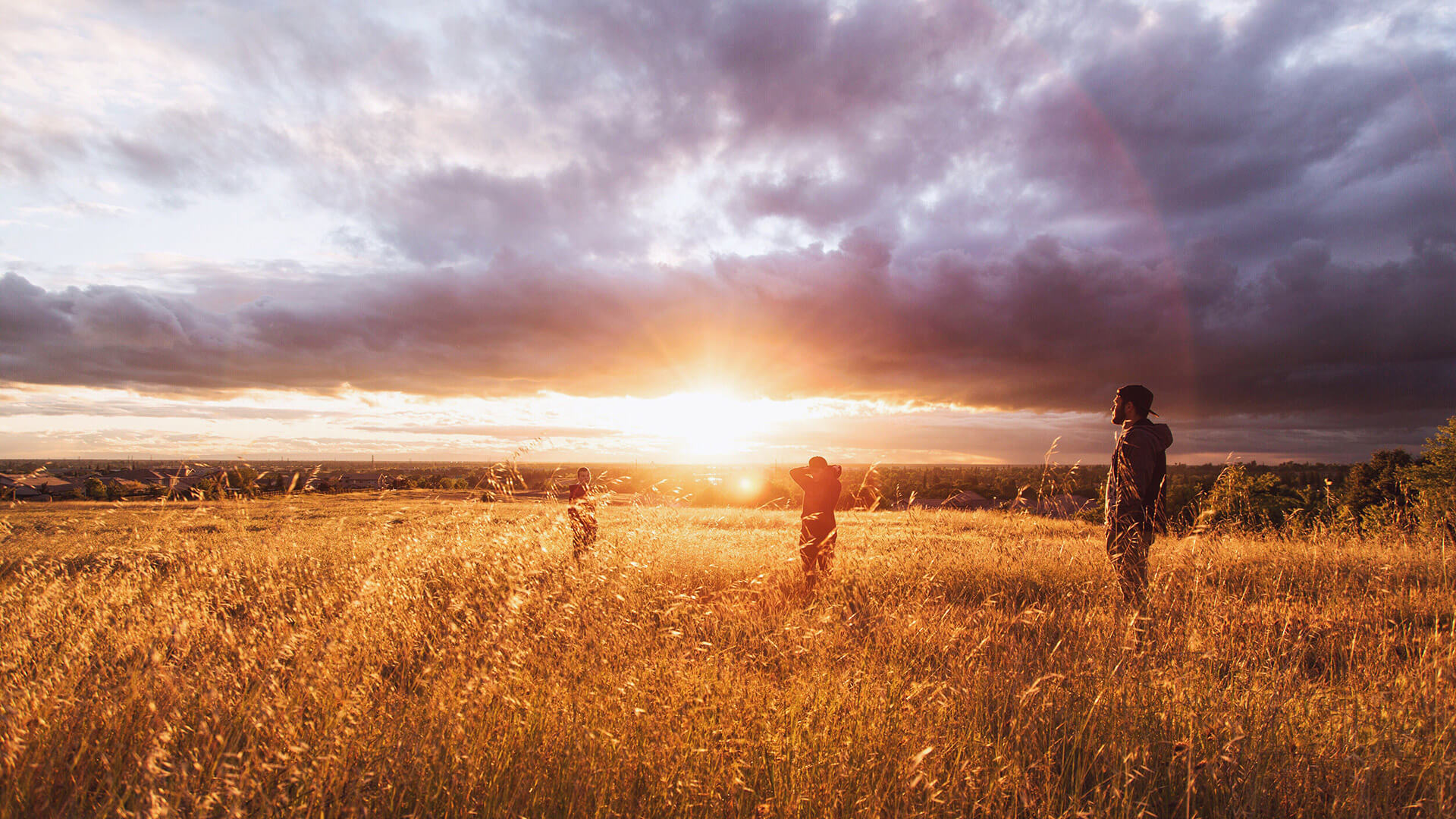
CODED BY DEVELOPERS FOR DEVELOPER
Lorem ipsum dolor sit amet, consectetuer adipiscing elit, sed diam nonummy nibh euismod tincidunt ut laoreet dolore magna aliquam ut laoreet dolore magna aliquam erat volutpat. Ut wisi enim ad minim veniam, exerci tation suscipit ad minim veniam, exerci tation suscipit lobortis nisl ut aliquip ex ea commodo consequat exerci tation suscipit lobortis nisl ut laoreet dolore magna aliquam ut aliquip ex ea commodo consequat.
explore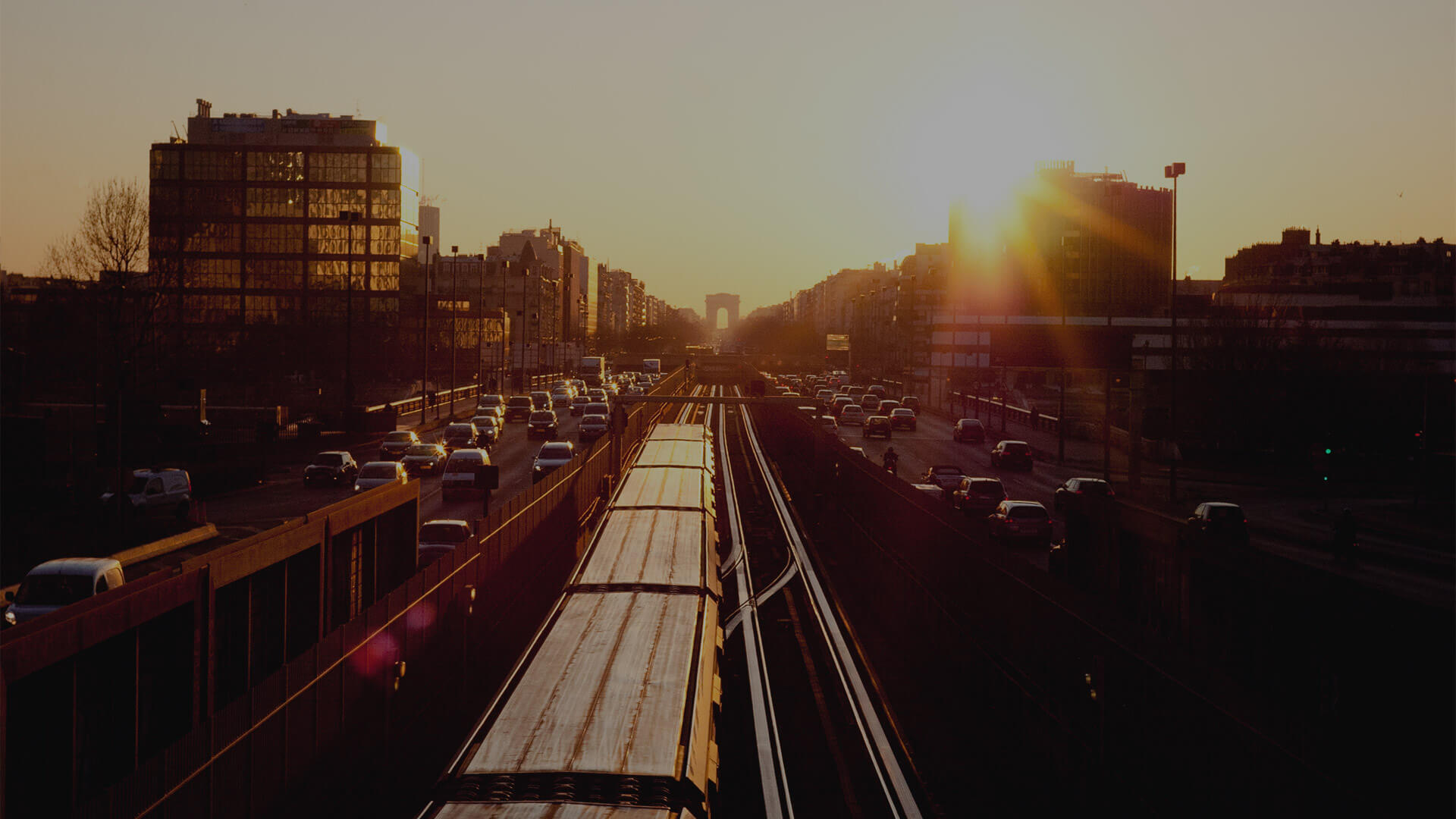
UNLIMITED FLEXIBLE MULTI-PURPOSE LAYOUTS & COMPONENTS
Lorem ipsum dolor sit amet, consectetuer adipiscing elit, sed diam nonummy nibh euismod tincidunt ut laoreet dolore magna aliquam ut laoreet dolore magna aliquam erat volutpat. Ut wisi enim ad minim veniam, exerci tation suscipit ad minim veniam, exerci tation suscipit lobortis nisl ut aliquip ex ea commodo consequat exerci tation suscipit lobortis nisl ut laoreet dolore magna aliquam ut aliquip ex ea commodo consequat.
explore
GREAT
CUSTOMER CARELorem ipsum dolor consetuer adipicing sed diam ticidut erat votpat dolor
AWESOME
FEATURES PACKLorem ipsum dolor consetuer adipicing sed diam ticidut erat votpat dolor
UNLIMITED
THEMED LAYOUTSLorem ipsum dolor consetuer adipicing sed diam ticidut erat votpat dolor
WHAT WE CAN DO
Lorem ipsum dolor consetuer elit
-
Full sass support
Lorem ipsum dolor consetuer adipicing sed diam ticidut erat votpat dolor
-
GROUP TASKS
Lorem ipsum dolor consetuer adipicing sed diam ticidut erat votpat dolor
-
RESPONSIVE UI
Lorem ipsum dolor consetuer adipicing sed diam ticidut erat votpat dolor
-
EASY MANAGEMENT
Lorem ipsum dolor consetuer adipicing sed diam ticidut erat votpat dolor
-
QUICK REPORTS
Lorem ipsum dolor consetuer adipicing sed diam ticidut erat votpat dolor
-
GREAT SUPPORT
Lorem ipsum dolor consetuer adipicing sed diam ticidut erat votpat dolor
CUSTOMER REVIEWS
Lorem ipsum dolor sit amet et consectetuer adipiscing elit
LEARN MORE ABOUT JANGO

CODE QUALITY
Lorem ipsum dolor sit amet consectetuer adipiscing elit sed diam nonummy nibh euismod
ANGULAR JS SUPPORT
Lorem ipsum dolor sit amet consectetuer adipiscing elit sed diam nonummy nibh euismod
EVERY GROWING UNIQUE LAYOUTS
Lorem ipsum dolor sit amet consectetuer adipiscing elit sed diam nonummy nibh euismod
FULLY MOBILE OPTIMIZED
Lorem ipsum dolor sit amet consectetuer adipiscing elit sed diam nonummy nibh euismod


